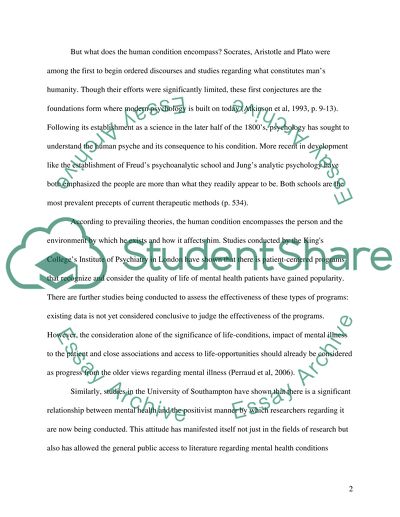Cite this document
(“Mental Health and Illness Essay Example | Topics and Well Written Essays - 3250 words”, n.d.)
Mental Health and Illness Essay Example | Topics and Well Written Essays - 3250 words. Retrieved from https://studentshare.org/health-sciences-medicine/1531608-mental-health-and-illness
Mental Health and Illness Essay Example | Topics and Well Written Essays - 3250 words. Retrieved from https://studentshare.org/health-sciences-medicine/1531608-mental-health-and-illness
(Mental Health and Illness Essay Example | Topics and Well Written Essays - 3250 Words)
Mental Health and Illness Essay Example | Topics and Well Written Essays - 3250 Words. https://studentshare.org/health-sciences-medicine/1531608-mental-health-and-illness.
Mental Health and Illness Essay Example | Topics and Well Written Essays - 3250 Words. https://studentshare.org/health-sciences-medicine/1531608-mental-health-and-illness.
“Mental Health and Illness Essay Example | Topics and Well Written Essays - 3250 Words”, n.d. https://studentshare.org/health-sciences-medicine/1531608-mental-health-and-illness.


